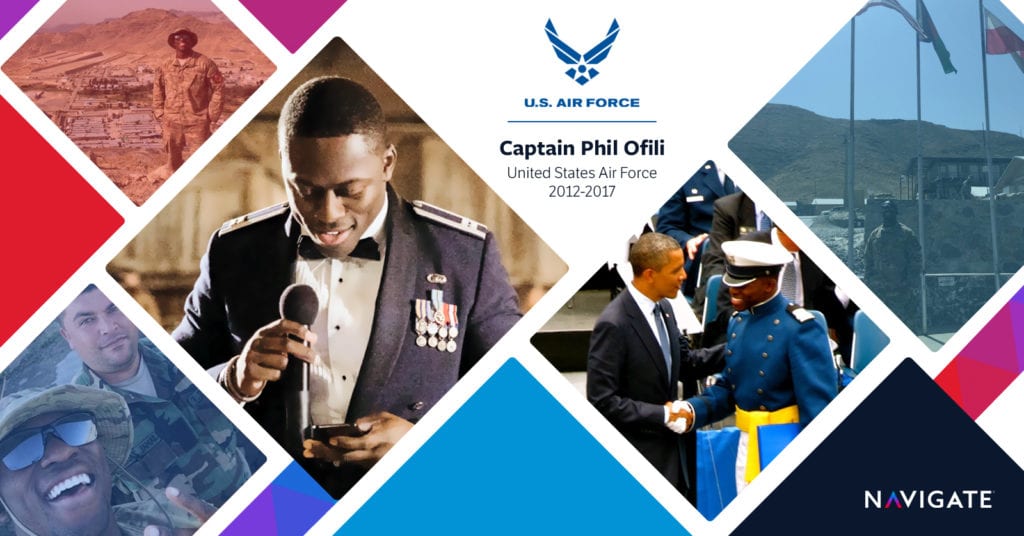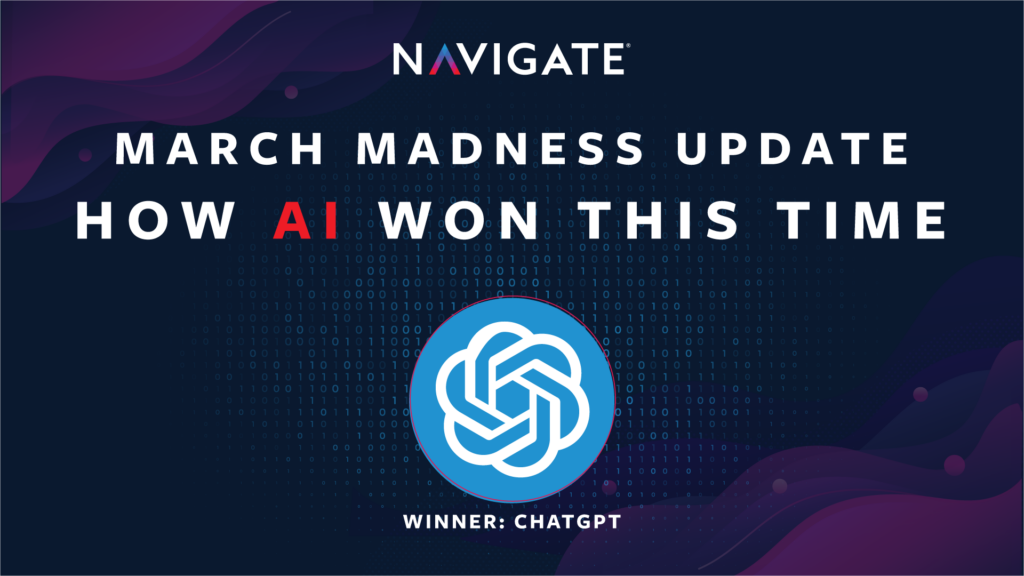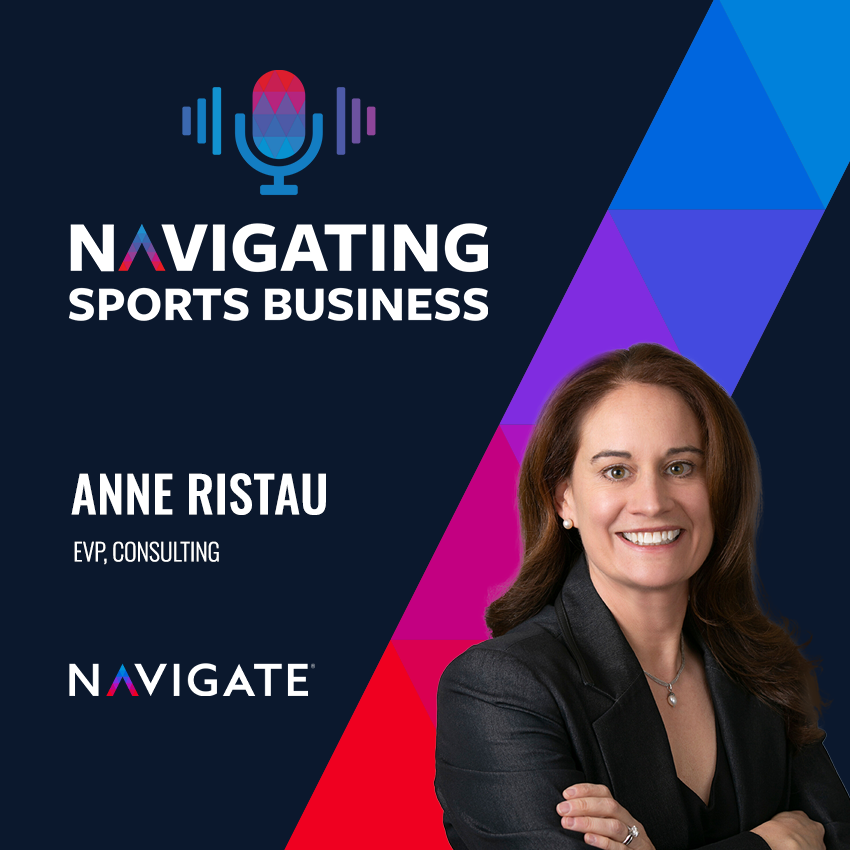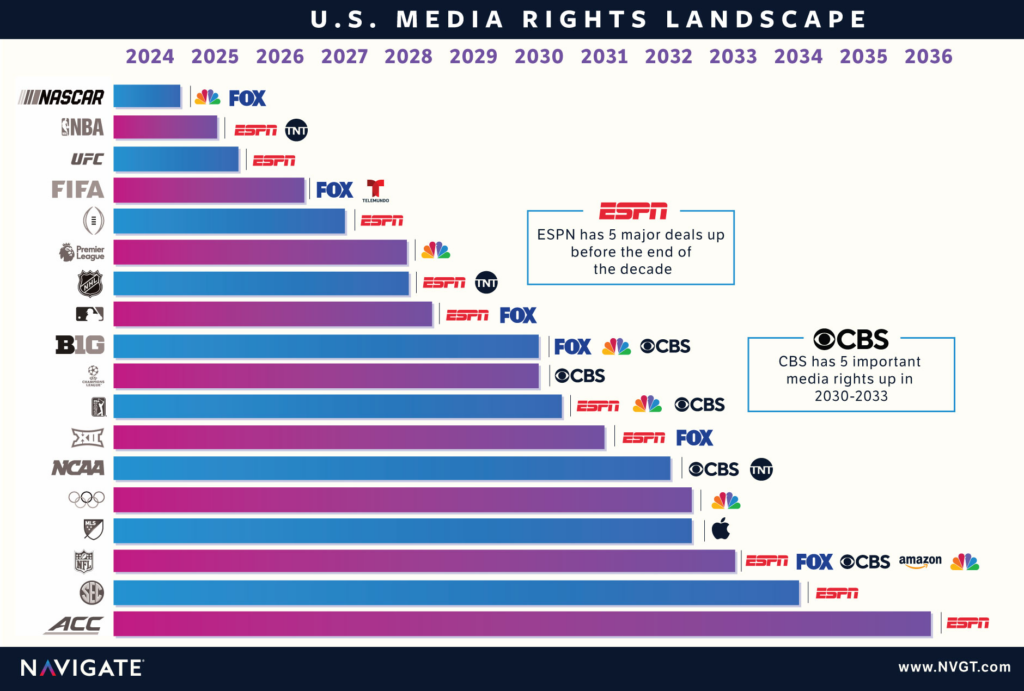
Thank You for Your Service…How Can Our Industry Help?
This week, you’ve probably witnessed the saturation of sentimental dedications on almost every television network or noticed your favorite NFL team dedicate one or more commercial breaks to their ‘Salute to Service’ montage. While the intention is genuine, military support can often feel like a line item to complete, or a box to check under the ‘Corporate-Social-Responsibility’ umbrella. Don’t get me wrong, from financial contributions, to organizations like the USO and the Pat Tillman Foundation, to job fairs, and youth clinics, our industry continues to do amazing things for servicemembers and veterans alike. In fact, this generation’s military community is supported more today than any of its predecessors. However, this begs the question: Could we be doing more?
I separated from Active Duty in the fall of 2017 with the dream of working in sports. I was surprised to discover that it was easier to join the Mob, than it was to find the “right fit” in the sports industry (kidding, kind of…). My time in the Air Force and at the Air Force Academy provided a wealth of experience and knowledge, yet I found myself struggling to translate my skills to fit the “right” industry opportunities. After almost two years of trial and error, I was extremely fortunate to find a home at Navigate; an organization that wasn’t afraid to invest in my development and take a risk on a ‘non-traditional’ applicant.
So, why is this important? Each year over 200,000 servicemembers separate from active duty and join the civilian work force. These individuals are skilled in areas fundamental to organizational success but are frequently inhibited by a metaphorical ‘glass ceiling’ because of their military background. The Department of Defense responded to this through the establishment of the DoD SkillBridge Program in 2018. The initiative of this program is to connect top talent with premier organizations around the United States. The program grants servicemembers the opportunity to sharpen their skills and discover their strengths while transitioning out of active duty. More importantly, their salary, healthcare, and other benefits are taken care of by the program itself, creating a zero-risk opportunity for potential employers.
Active and intentional participation is key for these types of initiatives to work. While you plan for FY21, my hope is that there will be a willingness to take risks on applicants that you may have not considered in the past.






